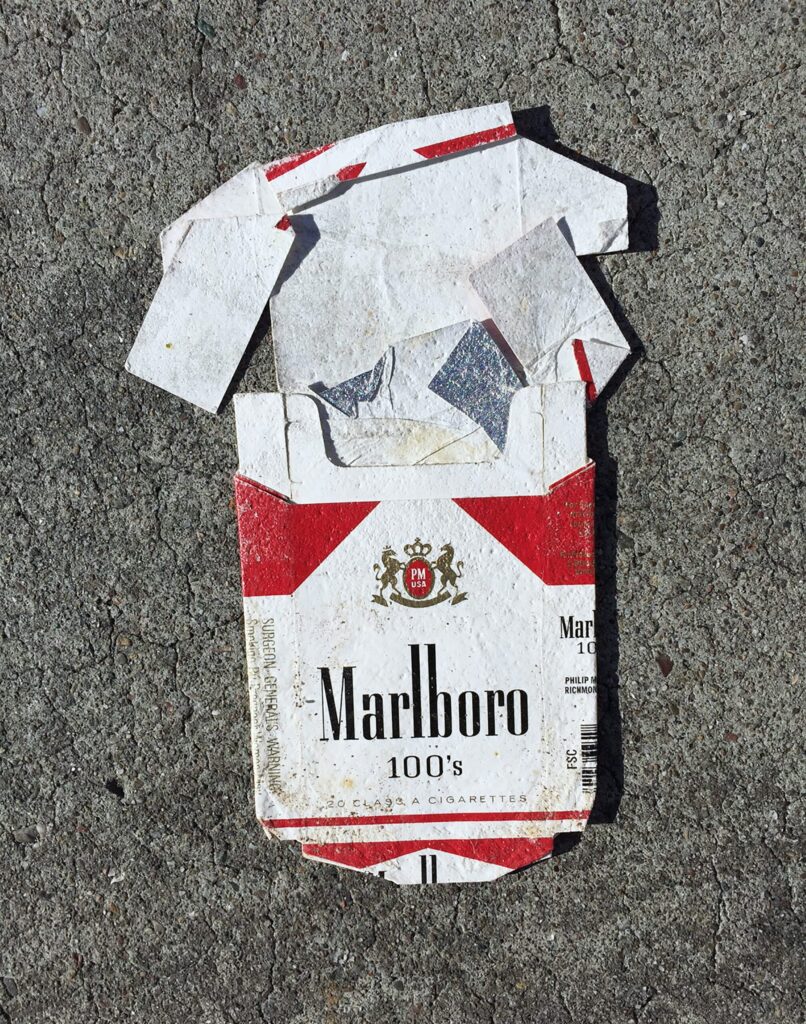Cigarettes have long been a subject of controversy due to their impact on health. Understanding what goes into a cigarette is crucial for making informed choices. In this article, we will explore the composition of a cigarette, the chemicals typically found in them, debunk common misconceptions, and address the notion of 4000 chemicals in cigarettes. By shedding light on the facts, we aim to empower individuals to make educated decisions regarding their smoking habits.
What’s in a Cigarette?
A cigarette is a complex product made up of various components. Here’s an overview of what you’ll typically find inside:
1. Tobacco:
Tobacco is the primary ingredient in a cigarette. It is obtained from the leaves of the tobacco plant and serves as the source of nicotine, the addictive substance found in cigarettes.
2. Additives:
Cigarettes may contain a wide range of additives, which are substances added to enhance flavor, aroma, or the overall smoking experience. Additives can include sugars, flavors, and humectants that help retain moisture.
3. Paper and Filters:
Cigarettes are wrapped in paper, which is often porous to allow for air circulation and burning. Filters are commonly attached to cigarettes to reduce the amount of smoke and potentially filter out some toxins.

Chemicals in Cigarettes:
Cigarettes contain numerous chemicals, many of which are harmful to human health. Here are some of the notable substances commonly found in cigarettes:
1. Nicotine:
Nicotine is a highly addictive stimulant found in tobacco. It is the primary reason why smoking is habit-forming and difficult to quit.
2. Tar:
Tar is a sticky substance that forms when tobacco is burned. It contains numerous toxic compounds, including carcinogens, which can cause cancer and other serious health issues.
3. Carbon Monoxide:
Carbon monoxide is a poisonous gas produced when tobacco is burned. It is harmful because it displaces oxygen in the bloodstream, leading to reduced oxygen supply to vital organs.
4. Formaldehyde:
Formaldehyde is a known carcinogen and respiratory irritant. It is produced when tobacco is burned and inhaled during smoking.
5. Benzene:
Benzene is a toxic chemical found in cigarette smoke. Prolonged exposure to benzene is associated with an increased risk of leukemia and other cancers.
Debunking Misconceptions:
Is There Rat Poison in Cigarettes?
Contrary to popular belief, cigarettes do not contain rat poison. However, they do contain harmful chemicals like nicotine, tar, and carbon monoxide, which pose significant health risks.
Are There Really 4000 Chemicals in a Cigarette?
The claim that cigarettes contain 4000 chemicals is often cited, but it can be misleading. While cigarettes do contain numerous chemicals, the actual number can vary. The figure of 4000 represents the total number of identified chemicals found in cigarette smoke, including those produced during combustion and those already present in the tobacco plant. However, it’s important to note that many of these chemicals are present in trace amounts or are the result of complex chemical reactions. The focus should be on the known harmful chemicals present, such as nicotine, tar, carbon monoxide, formaldehyde, and benzene, rather than an exact count of all chemicals.
Conclusion:
Understanding the composition of a cigarette and the chemicals it contains is essential for making informed decisions about smoking. Cigarettes contain harmful substances like nicotine, tar, carbon monoxide, formaldehyde, and benzene, which can contribute to various health problems. Debunking misconceptions, such as the presence of rat poison in cigarettes and the notion of 4000 chemicals, helps to clarify the facts. Remember, the healthiest choice is likely to quit smoking altogether or explore healthier alternatives to tobacco use.
If you still choose to smoke cigarettes, Saucey can deliver top brands straight to your door. Check out our menu below.


